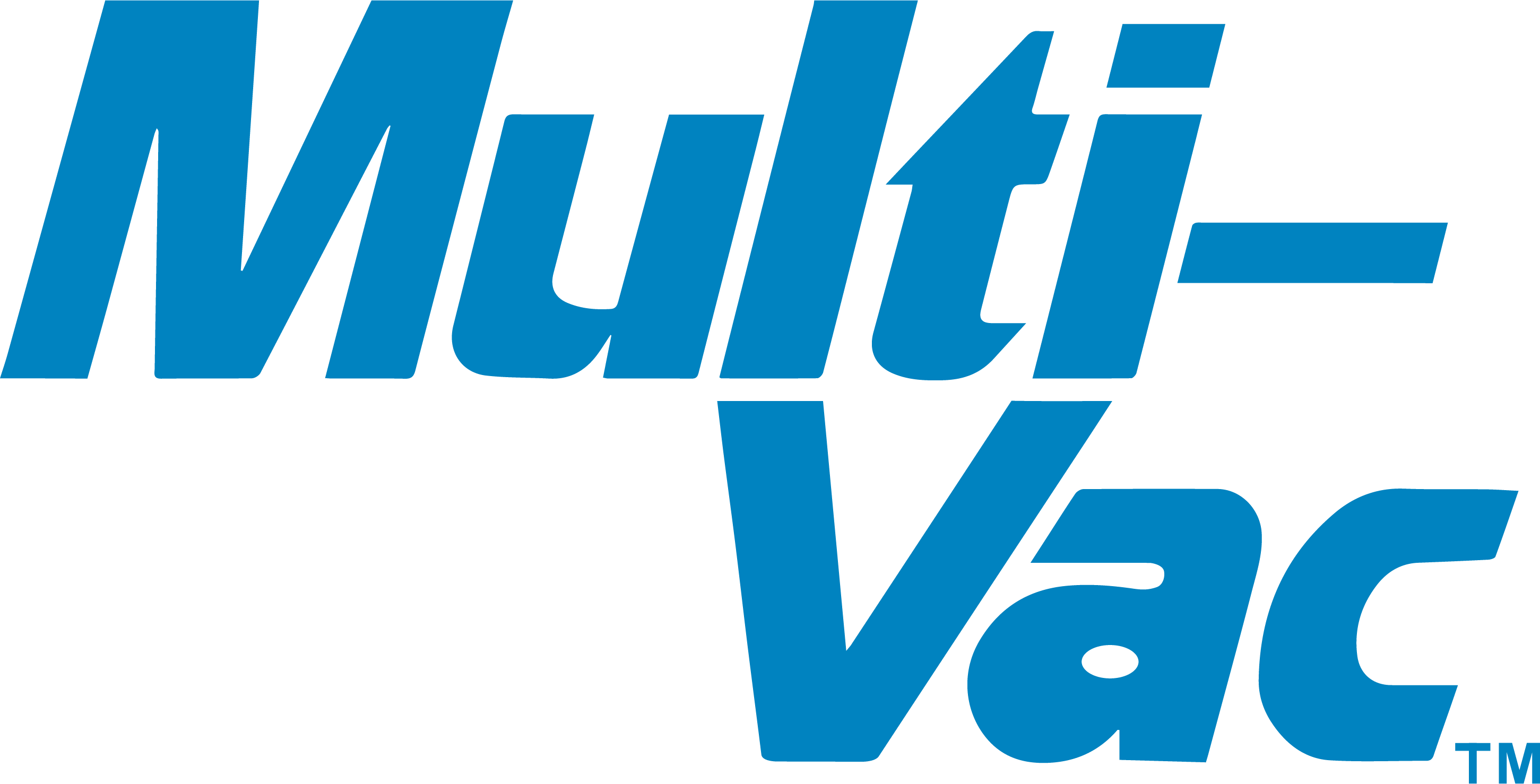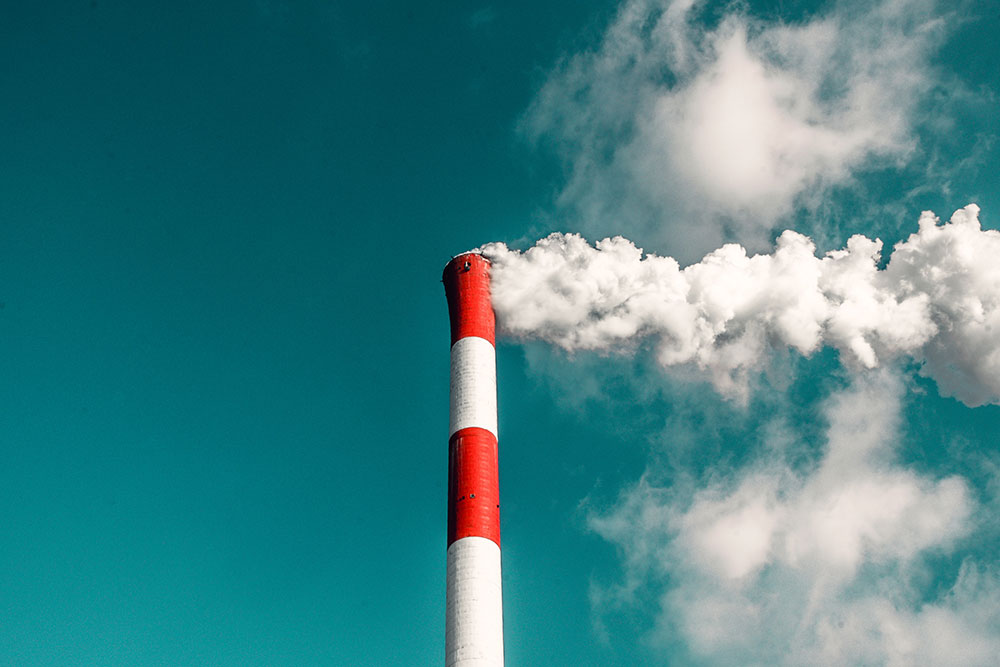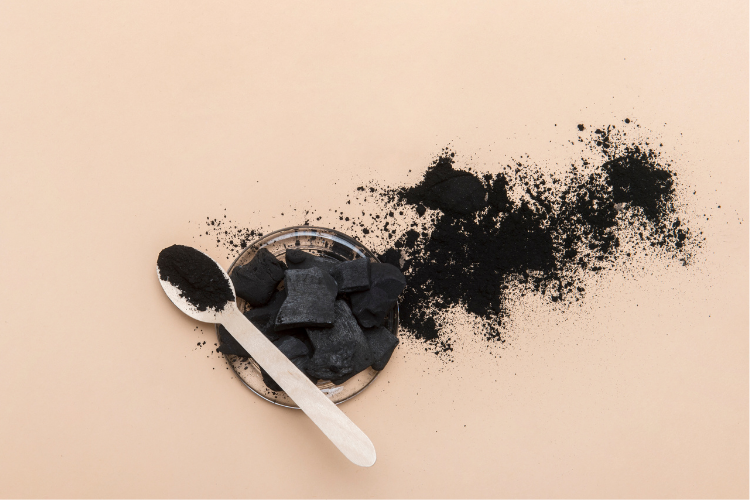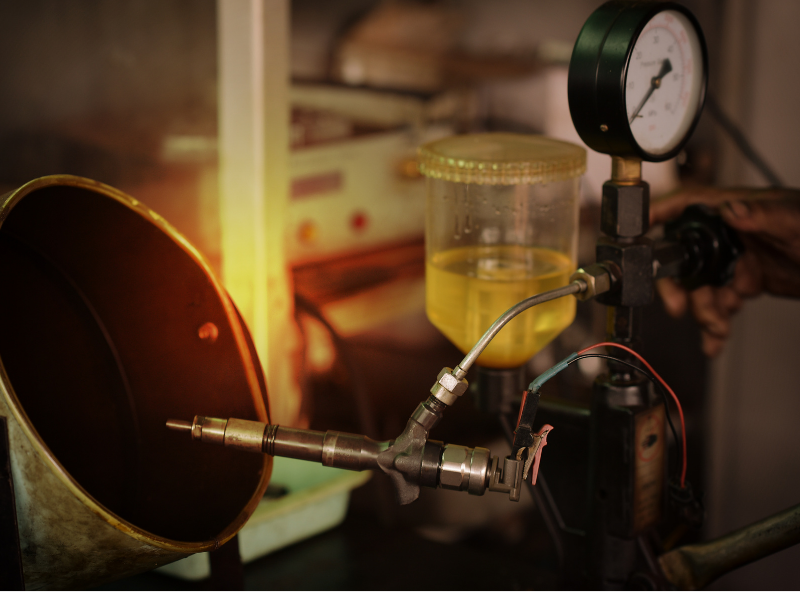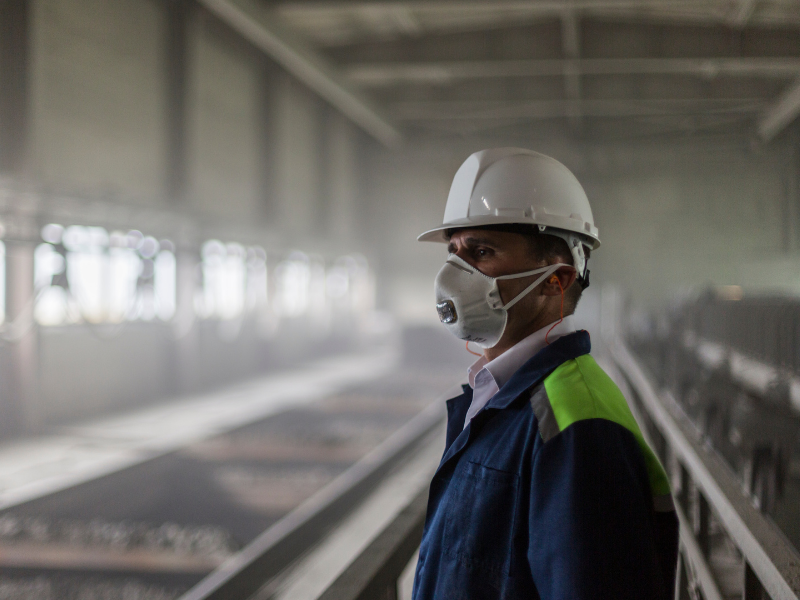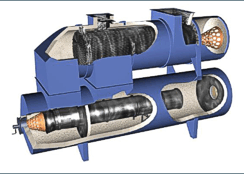Air Pollution Control
Air pollution control is the approach to reducing or eliminating emissions that may harm the environment or humans. J Carpenter Enviormentmental supplies the necessary products and equipment to reduce or eliminate harmful air pollutants.
We provide additives to help control harmful acid gasses, furans, dioxins, and mercury and injection systems to treat those waste streams. We also supply various thermal oxidizers and wet and dry scrubbers. Whatever air pollutant you are trying to reduce or eliminate, J Carpenter Environmental can help you with your air pollution control. Please look around and don't hesitate to contact us for a free consultation.

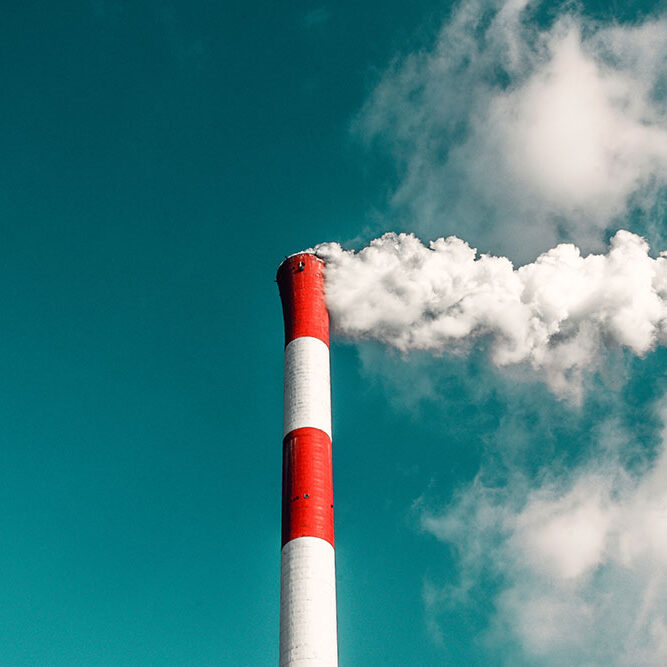
Air Pollution Control Products
J Carpenter Environmental, LLC sells Natronx (formerly Church & Dwight) sodium bicarbonate products for acid gas control. While Natronx is best known for its Arm and Hammer brand, its sodium bicarbonate products have been used for air pollution control since the 1960s, when the electric power industry discovered that they could directly inject it as a dry sorbent for acid gas. Sometimes referred to as Sodium Bicarbonate Dry Injection Technology (SBDIT), it has been further developed to control SO2, HCl, SO3, and HF emissions.
JCE sells Cabot-Norit America, Inc. activated carbon products. JCE clients use powdered activated carbon to remove dioxins and furans, which are formed during the cooling of flue gases. As well as lime products from various locations in the USA for air pollution control applications.
Air Pollution Control Equipment
JCE sells a complete line of thermal oxidizers and heat exchangers manufactured by Catalytic Products International (CPI). These systems offer up to 99% destruction efficiencies that exceed EPA requirements for volatile organic compounds (VOCs), hazardous air pollutants (HAPs), and odor compounds. Their technology offering includes:
Injections systems are used to deliver pollution control products to the exhaust gas collection systems, where they can react with particles and gases before they are emitted or collected in baghouses. These systems are routinely used to inject the following products:
Product Applications
Equipment Manufacturers

